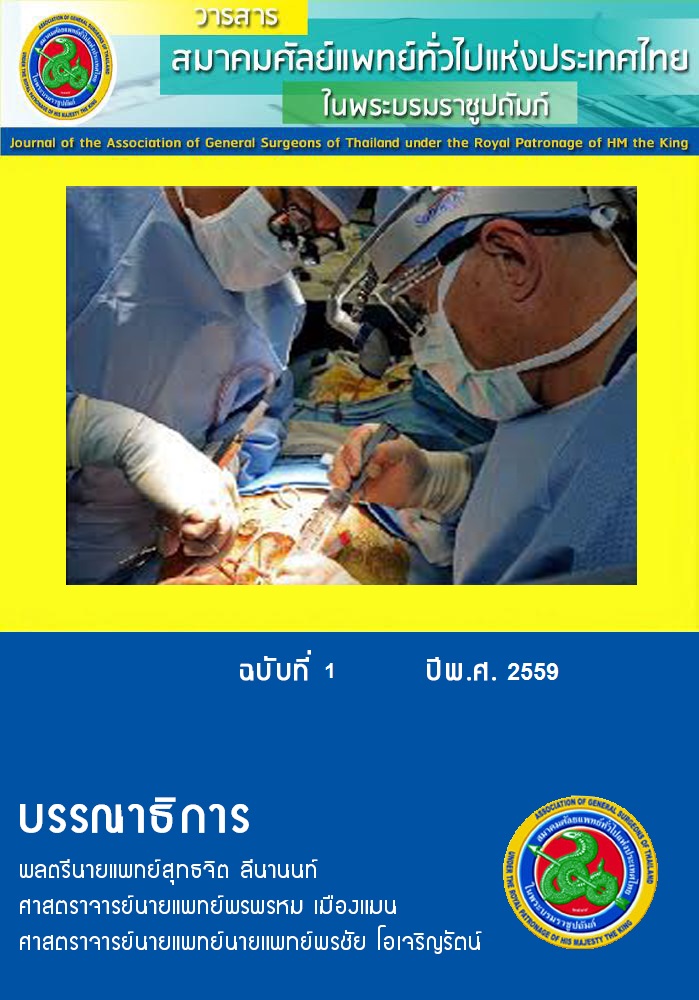Successful endovascular treatment of an aortic pseudoaneurysm after esophageal perforation induced by ingestion of a monitor lizard bone
Abstract
Pseudoaneurysm of the descending aorta is a rare but potentially life-threatening complication after esophageal perforation induced by ingestion of a foreign body. We present a case of a 51-year-old man who had an esophageal perforation after ingestion of a monitor lizard bone and developed pseudoaneurysm of the descending aorta just distal to the left subclavian artery. The foreign body was partially removed by endoscopy but additional computed tomographic angiography confirmed a diagnosis of esophageal perforation leading to mediastinitis and the presence of an infected pseudoaneurysm. He had successful treatment with endovascular stent graft with left carotid-subclavian artery transposition due to a short landing zone. He received appropriate perioperative antibiotic therapy and close follow-up by swallow contrast study which showed successful conservative treatment of esophageal perforation and no complication of the aortic stent graft insertion. He improved and was discharged two months later.




